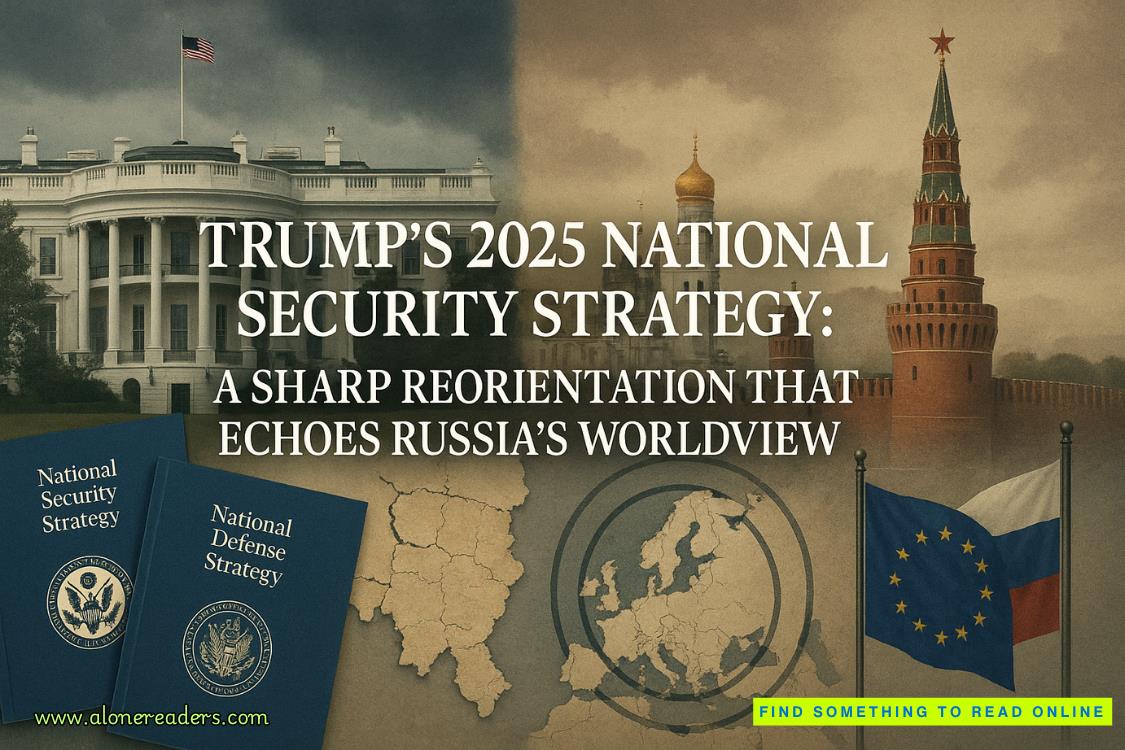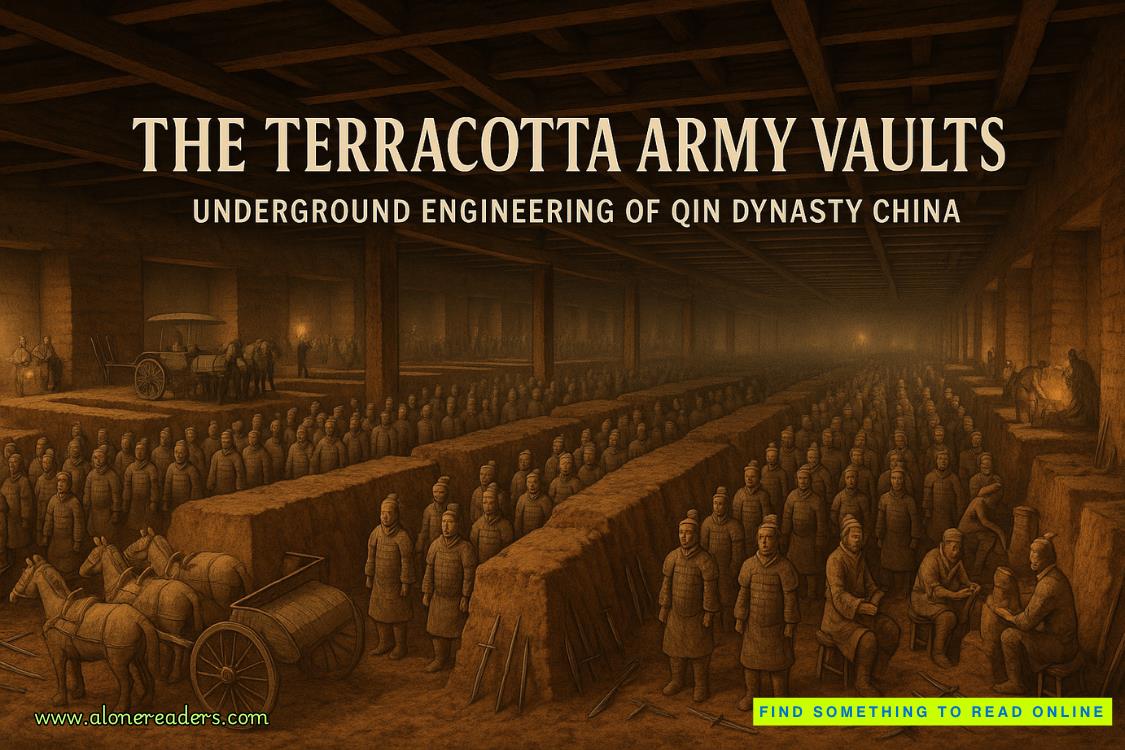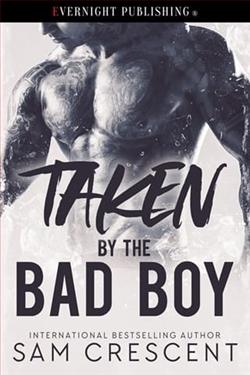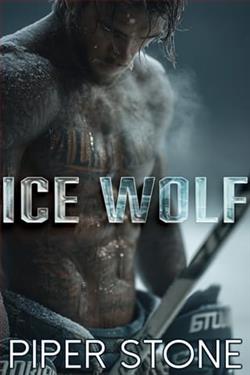Page 66 of Breaking Through
Wade moved to stand beside me, his hand finding mine. "You started something here. Something bigger than either of us expected."
I corrected him. "We started it, all of us."
As if to prove my point, Mike showed a new veteran how to capture light and shadow in charcoal. Parker documented everything for the blog while Cole stopped him from knocking over Rafe's sugar sculptures with flailing arms. Sarah distributed more pastries, each one matching a moment in our journey.
"You know what Belle would love most about this?" Grandpa asked the question as he accepted a sparkly macaron from Sarah. "It wouldn't be the magazine or the gallery offers—though those are fantastic. She'd love how art brought people together like she always said it would."
Mom joined us, a smudge of platinum dust on her cheek, making her look younger and more carefree. "I found more of her letters last night. She wrote about building bridges between worlds, art and business, among other things."
As the celebration continued, I watched my two worlds merge and transform—corporate parents chatted with small-town bakers, veterans shared their artistic techniques with hikers, and at the center of it all, Wade's steady presence reminded me that some forms of art weren't best captured on film or canvas but in the way we chose to live our stories.
The Little Blue Bean had never felt more like home.
***
Later, a small group of us drove out to the therapy shelter. A new session was about to commence.
When we climbed out of his truck, Wade's steps matched mine, unhurried despite the session scheduled to begin soon. The magazine lay tucked in my messenger bag, its pages already showing signs of frequent handling.
Voices drifted from ahead—early arrivals setting up their preferred spots. The soft scrape of charcoal against paper already filled the air. Mike's familiar pickup sat in the lot, its tailgate lowered to create a sketching perch for two newer participants.
One woman praised the weather despite the crisp, cold air. "The light's good for detail work today." Her name tag read "Anderson." Her military bearing remained evident in her perfect posture, but her hands moved with an artist's growing confidence.
"Unless you're trying watercolors." Her companion grumbled as she held up a paper where colors had blended in unexpected ways. "I think these are mocking my life choices."
"That's why I stick to pencil and charcoal." Mike approached with fresh coffee from his battered thermos. "Fewer variables to manage."
Inside the shelter, someone—probably Maya—had arranged fresh art supplies with military precision: pencils aligned by hardness, charcoal sticks grouped by size, and watercolor papers sorted by weight.
A new face appeared in the doorway, hesitating at the threshold. The man's fingers worried the edges of a sketchbook that looked like he'd never opened it.
Wade moved with practiced ease, his ranger persona settling over him like a comfortable jacket. "First time?"
The man nodded sharply. His knuckles whitened as he gripped the sketchbook.
"Start wherever you want. No pressure. Some people just sit and watch for their first few sessions. Take your time to get used to the space."
"I don't..." The man swallowed. "I'm not an artist."
"Neither was I." Authority and understanding blended together in Wade's voice. "Couldn't draw a straight line when I started. Still can't on some days."
To demonstrate, he picked up a pencil and deliberately drew the most crooked line I'd ever seen. The new arrival's lips twitched.
"See? Terrible." Wade added a few more wonky lines until they formed a surprisingly expressive pine tree. "But art isn't about perfection. It's about finding your truth, whatever shape it takes."
The man's grip on his sketchbook eased slightly. "That's... that's what my counselor said. It was why she recommended this program."
"Smart counselor." Wade gestured to the various seating options. "Corner spots are popular for first-timers. You have good sight lines to all of the exits. Or there's a space by the north wall if you prefer having something solid at your back."
Understanding flickered in the man's eyes. It wasn't only an offer of seating options. Wade acknowledged hypervigilance without pathologizing it. The man chose the corner spot. Some of the tension left his shoulders as he settled in.
I hung back, watching Wade work. He moved through the room gently, offering pencils here and quiet encouragement there. He knew when to speak and when to let silence do the healing. More participants filtered in, each finding their preferred spots with practiced ease.
Anderson had progressed to sharing basic perspective techniques with the watercolor painter. "It's like zeroing a scope," she explained. "Find your reference points first, then adjust for conditions."
Mike set up near the new arrival: not too close and not too far. He started sketching without comment, his presence offering silent permission for others to do the same.
I reached for my camera and then stopped. Some moments weren't meant for capturing. Some art existed in the spaces between images, in the way Anderson's military metaphors helped others understand technique, or how Wade's carefully chosen words built bridges between fear and creativity.















